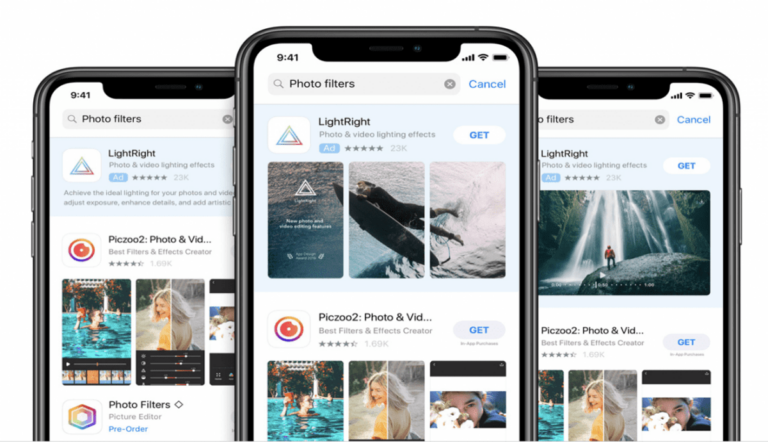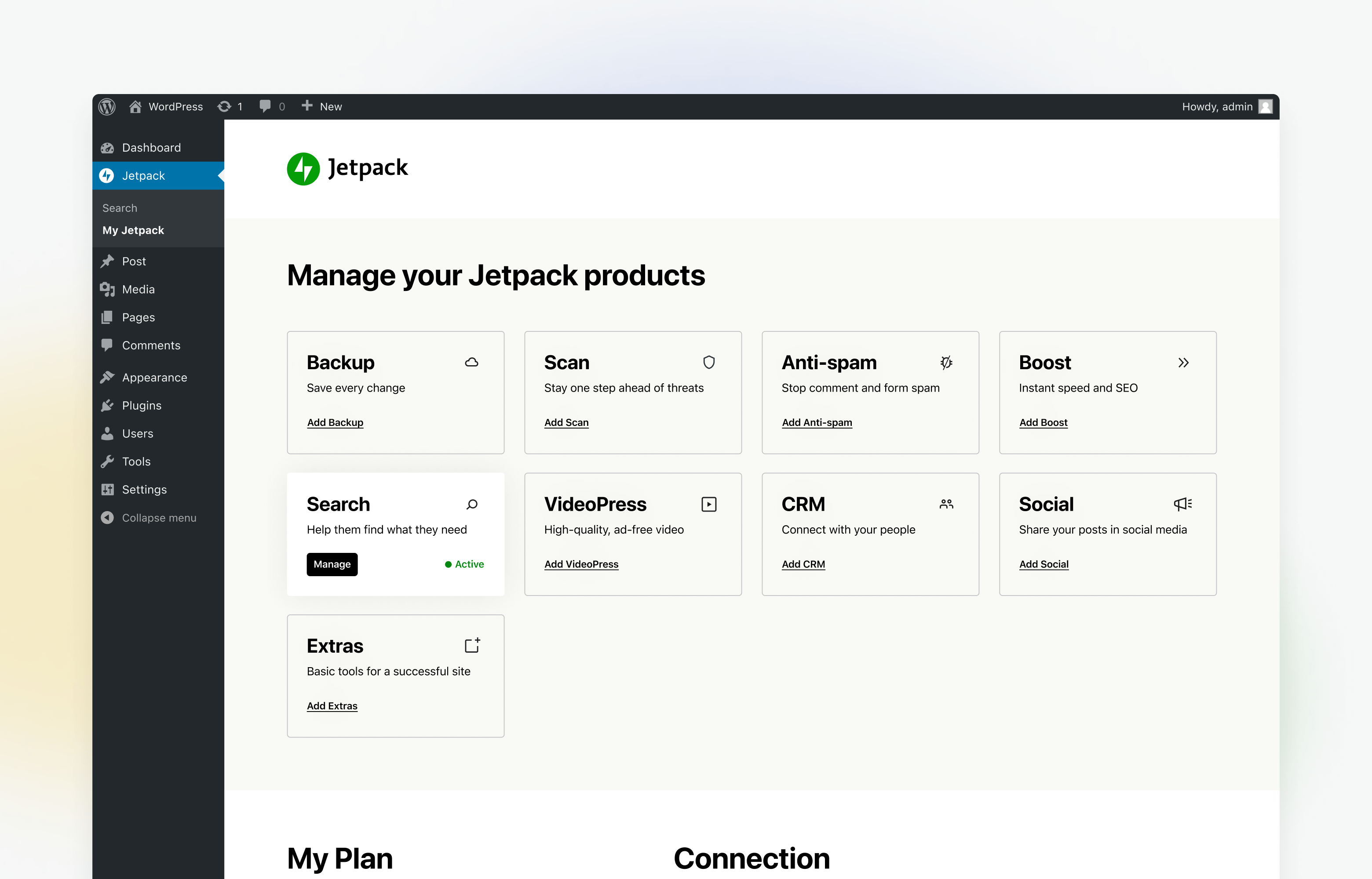
Apple Search campaigns shifting to a cost-per-tap (CPT) pricing model
Apple Search users will soon notice a new campaign pricing type. CPT or cost-per-tap is Apple’s version of CPC, or cost per click. It is calculated by dividing your total spend by the number of taps your ad received.
Apple Search ads help people discover your app when they search on the app store. Like traditional manual cost per click ads:
- you choose a maximum amount you’re willing to pay each time someone clicks or taps, your ad
- the actual amount you’re charged is based on what your nearest competitor is willing to pay for a tap on their ad.
The current CPM model. Apple will phase out the current CPM, or cost per thousand model as soon as the transition to CPT is complete. The current CPM model charges your account for every thousand impressions your ads receive – regardless of whether users click or tap.
Apple Search users promoting their apps can soon create new campaigns in their accounts. Those new CPT campaigns will automatically be placed on hold.
When the transition goes live, current CPM campaigns will go on hold and the new CPT campaigns will go live.
If you prefer not to create new CPT campaigns until Apple releases the update, keep an eye out for an announcement to avoid a lapse in your ad serving.
As of right now, there is no set launch date for CPT campaigns.
Source: Apple Search campaigns shifting to cost-per-tap (CPT) pricing model
3 Google Merchant Center changes you may have missed

Earlier this quarter, Google announced a series of changes coming to the Merchant center that retailers should be aware of. Here’s a recap.
Pause attribute. In April, Google announced a ‘pause’ attribute to halt ads temporarily. This lets merchants the ability to temporarily pause shopping ads without needing to use the “out_of_stock” attribute or “availability” attribute.
This was a needed change because many times a retailer isn’t looking to halt ads completely, or that a product will be back available for purchase in the near term. Starting in 2023, incorrectly using the “availability” attribute may result in your ads being disapproved.
Availability dates for backorder and preorder products. Later this month, all items with the “backorder” or “preorder” attribute will require an “availability_date” on when the item will be back in stock. This date can be up to a year in the future and if further out it could have products disapproved.
Unsupported Shopping content. Google also announced that effective this month, it has updated its Unsupported Shopping content policy to include a change to how motor-powered bicycles are listed.
Source: 3 Google Merchant Center changes you may have missed
Jetpack Goes Modular With More Features Now Available as Individual Plugins
Jetpack announced today that it is splitting out six of its most popular features into individual plugins. Automattic reports that the company received feedback from developers and site owners asking for the ability to use specific components of Jetpack as part of their own “tech stack” of plugins.
The six features that are now available as individual plugins include the following:
- Jetpack Backup
Real-time site backups on Automattic’s cloud infrastructure - Jetpack Protect
Scan for vulnerabilities in WordPress core, themes, and plugins for free - Jetpack Boost
Improve site speed and SEO for free in just a few clicks - Jetpack Social
Automatically share new posts and products on social channels for free - Jetpack Search
Help visitors find what they are looking for - Jetpack CRM
Streamline communication, provide better customer service, and grow sales.
Three of those plugins were already available as separate plugins (Backup, CRM, and Boost). The Protect, Boost, and Social plugins are free to use. Backup, CRM, and Search require a paid plan in order to work. Jetpack representatives confirmed those three plugins fall under the WordPress.org guidelines for SaaS connection plugins.

Source: Jetpack Goes Modular With More Features Now Available as Individual Plugins
Google: Automatic updates for conditions starting June 26
Later this month Google will roll out a change to the condition attribute for shopping ads. If you’re a retailer, your products could be disapproved if you have the incorrect attribution set.
A condition attribute tells potential shoppers about the condition of the product you are selling. Currently, there are three condition attributes:
- New
- Refurbished
- Used
New products do not require a condition to be set, while Used and Refurbished items do.
What will this affect? All shopping accounts will be automatically opted-in to use automatic updates for conditions. This critical attribute, used to refine Google’s search results, will use your landing page information to help keep your data (products) more accurate and up to date.

At the moment there is no word whether Google will start requiring the condition to be added for New items, or if the change will only affect items for which the condition has already been set.
Kirk Williams from Zato Marketing adds, “I don’t really see this as a negative thing TBH, since the condition is something that should be set correctly on a PDP (product description page) anyway so if it’s not already… fix it anyway. But I always pay attention when I see the words “all accounts will have opted in!”
Source: Google: Automatic updates for conditions starting June 26
Inlinks launched a topic research tool featuring keyword

Inlinks published an update to its keyword topic research tool. The tool finds and clusters keywords by intent. The tool is available today for all subscribers.
The keyword research tools focused on keyword volume in the early to mid-2000s. This is because search engines didn’t distinguish user intent very well.
This began to change in 2013 with the introduction of the Hummingbird update. This introduced natural language searching. It also brought up a more semantic understanding of search queries. That also enhanced an increasing focus on intent.
Keyword research tools largely remain the same to this day. They still produce lists of keywords ordered by search volume and CPC.
Inlinks is launching a tool that takes the next step forward. It works to recognize the context of keywords and the user intent.
Inlinks uses those signals to generate clusters of keyword variations. These variations depend on topics plus suggestions for questions that need answering.
User intent got traditionally classified into four or five different categories. These include navigational, transactional, informational, and so on.
Inlinks dispenses with those labels. And categorizes user intent using highly specific verbs. These result in keywords that are more specific than general labels.
The ability to select keyword variations is more useful than grouping those keywords into a category. In addition, the content plan functionality introduces a new way of considering the content.
Source: Inlinks launched a topic research tool featuring keyword
More news:
LinkedIn Debunks Algorithm Myths In New Video Series